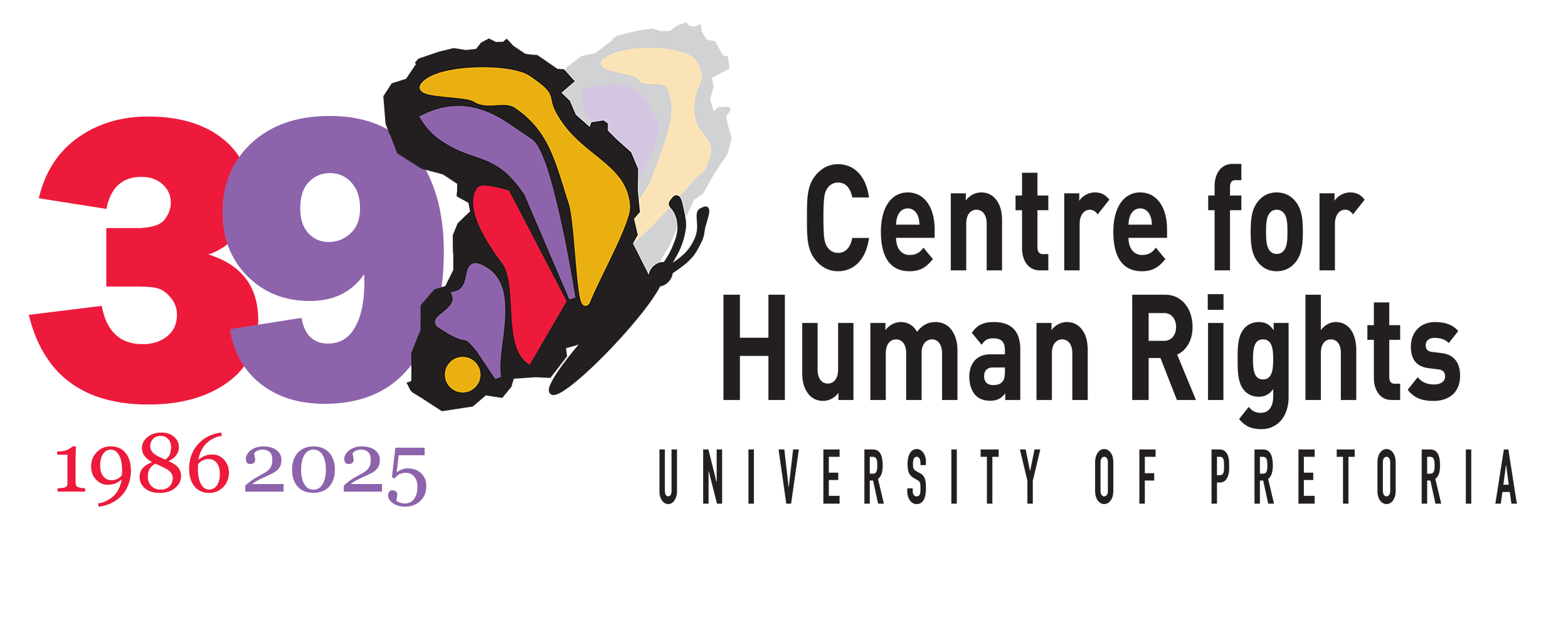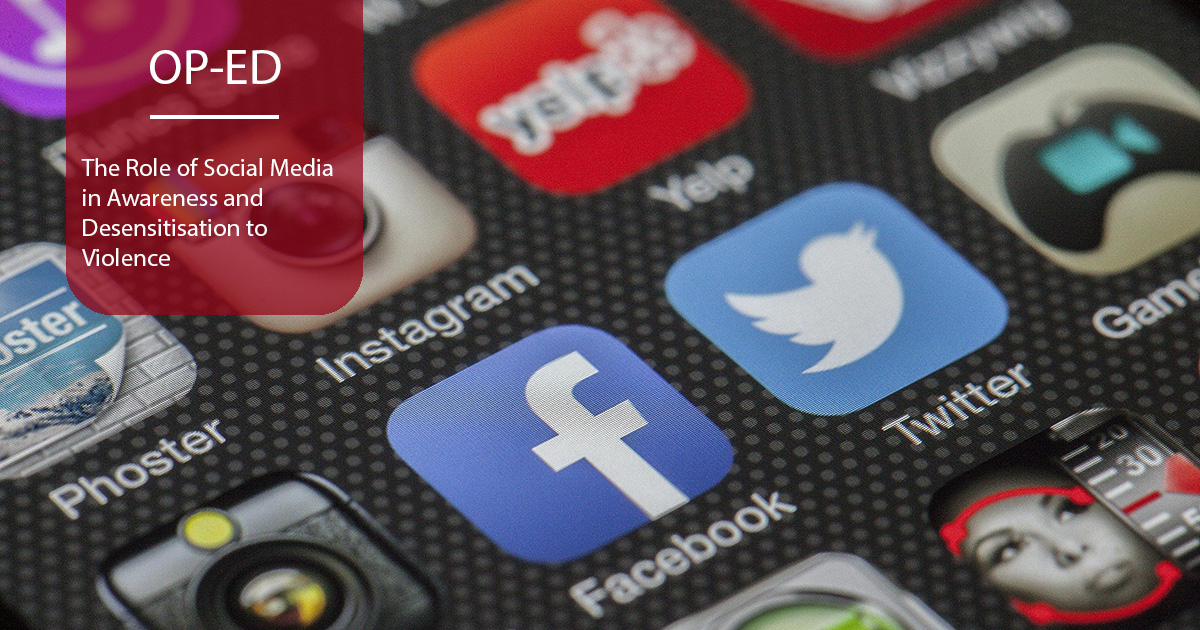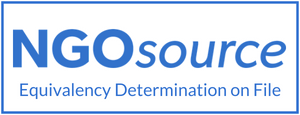Belinda Matore & Tendai Mbanje
Ethical considerations must be considered when sharing graphic content online. While documenting and exposing human rights violations is essential, responsible reporting is necessary to ensure that the dignity of victims is preserved.
Social media has emerged as a powerful tool for exposing human rights violations, amplifying voices that often go unheard. Incidents of extreme violence, abuse, and inhumane treatment are usually brought to public attention through widely circulated videos, forcing authorities and society to confront these issues. However, the widespread sharing of such content raises an important debate: Does the exposure of graphic violence drive accountability, or does it contribute to desensitisation and the trivialisation of human suffering?
The rapid dissemination of violent incidents through social media has proven to be instrumental in holding perpetrators accountable. In cases of abuse such as the Zanzou Incident involving excessive force by security personnel at the nightclub, the viral footage caused public outcry, media scrutiny, and legal action. Without such exposure, many of these acts might remain hidden, with victims left without recourse. Social media serves as a modern form of watchdog journalism, ensuring that injustices are not easily ignored. The visibility of these incidents often pressures law enforcement and regulatory bodies to respond, leading to investigations and policy discussions about the appropriate use of force in certain industries.
At the same time, there is a downside to the frequent circulation of violent content. Overexposure to graphic imagery can result in desensitisation, where individuals become less emotionally impacted by violence. This can create a dangerous normalisation of brutality, reducing the urgency to address systemic issues. Instead of provoking outrage and action, continuous exposure to such content may lead to apathy or even voyeurism, where suffering is treated as entertainment rather than a crisis demanding intervention. Additionally, victims and their families often endure further trauma when their suffering becomes viral content, sometimes shared without their consent.
This issue extends beyond violence alone and into other forms of social media spectacle. For example, a recent incident in Cape Town involved a driver crashing a luxury vehicle worth millions and almost immediately uploading a video of himself dancing on social media. The viral nature of the content sparked outrage, but it also illustrated how digital platforms can trivialise serious events. This kind of online culture risks shifting focus from accountability to spectacle, where even reckless or harmful behaviour becomes content for engagement rather than serious discussion.
The Promotion of Access to Information Act (PAIA) provides legal avenues for individuals to obtain information held by public and private bodies, reinforcing the principle of transparency. However, the distribution of such information, particularly on public platforms like social media, must align with privacy laws. The Protection of Personal Information Act (POPIA) sets legal boundaries for the processing and sharing of personal data, ensuring that individuals' privacy rights are respected while balancing the public's right to access information.
The right to access and distribute information is fundamental to a functioning democracy and is protected by various legal frameworks. Article 9 of the African Charter on Human and Peoples' Rights explicitly recognises the right of individuals to receive information and express their opinions freely. This provision underscores the importance of media, including social platforms, in promoting transparency and accountability.
Internationally, Article 19 of the Universal Declaration of Human Rights and the International Covenant on Civil and Political Rights (ICCPR) also guarantee the right to access and impart information. These legal instruments emphasize the necessity of free expression while also acknowledging the need for responsible dissemination to prevent harm.
Ethical considerations must be taken into account when sharing graphic content online. While it is essential to document and expose human rights violations, responsible reporting is necessary to ensure that the dignity of victims is preserved. Content warnings should be included to minimise harm, and verification of facts must be prioritised to prevent the spread of misinformation. Advocacy efforts should focus on translating online awareness into tangible change, ensuring that public attention leads to justice rather than momentary outrage.
The balance between raising awareness and preventing desensitisation is a crucial one. While social media has undeniably played a significant role in highlighting violence and abuse, it is essential to use these platforms responsibly. By fostering ethical discussions on how violent content is shared and consumed, society can ensure that social media remains a force for accountability rather than exploitation. Advocacy groups, legal bodies, and individuals must work together to harness the power of digital exposure while safeguarding the emotional and psychological well-being of victims and the public.


